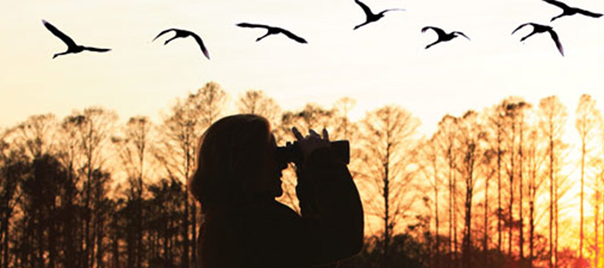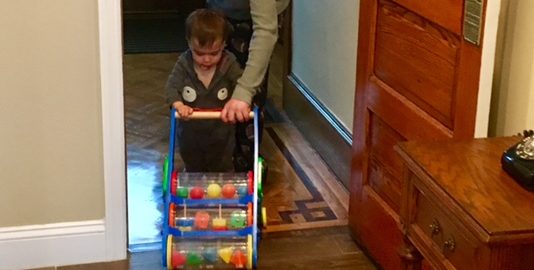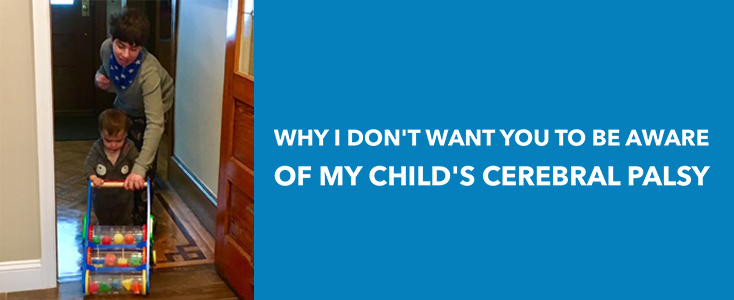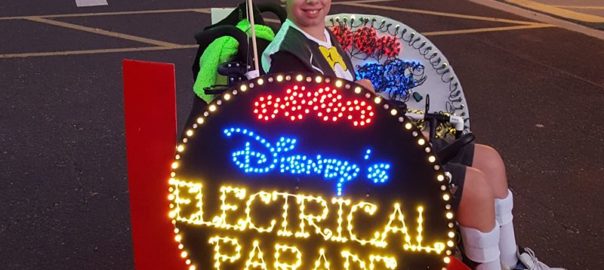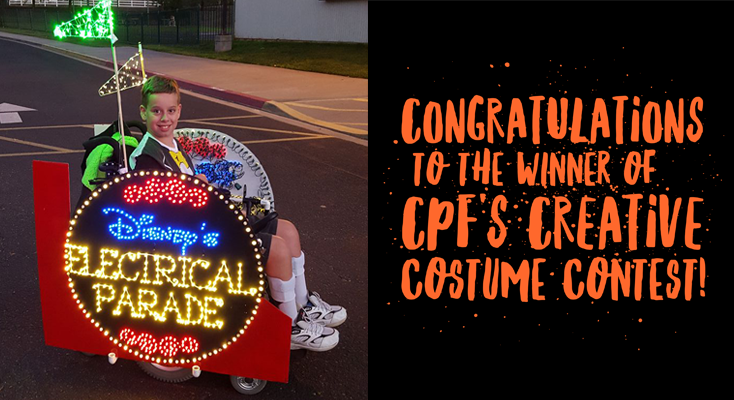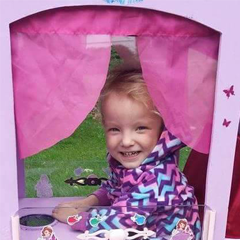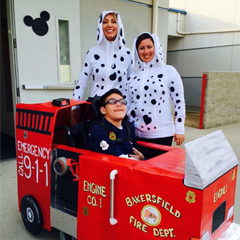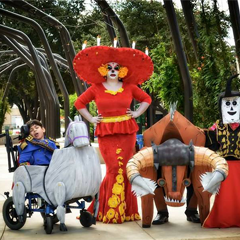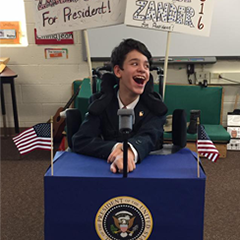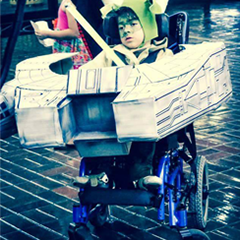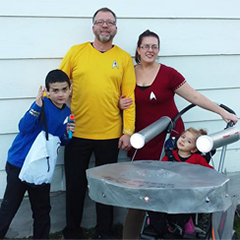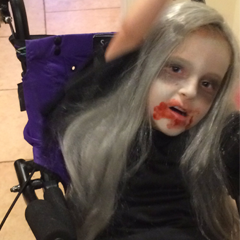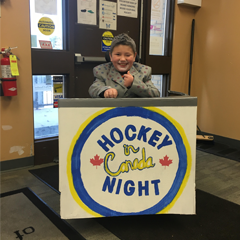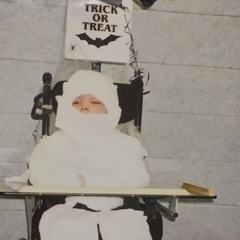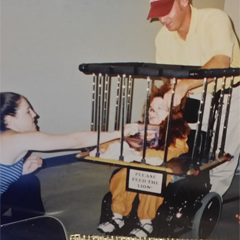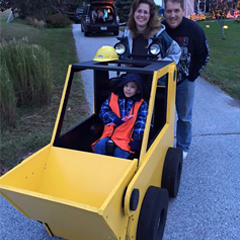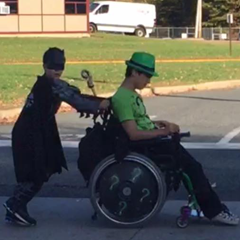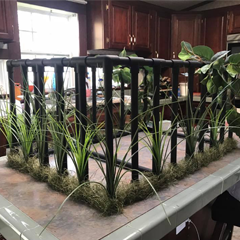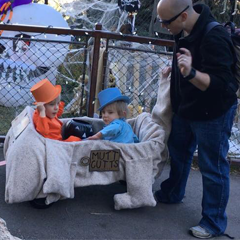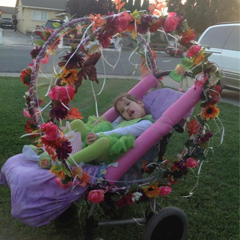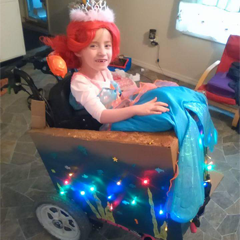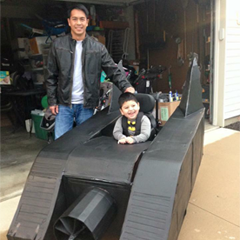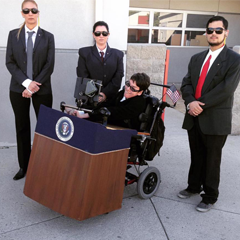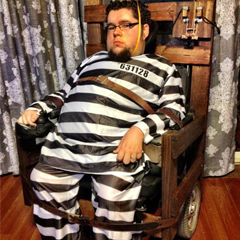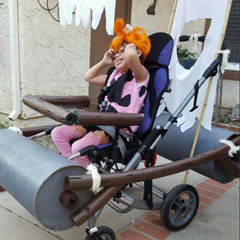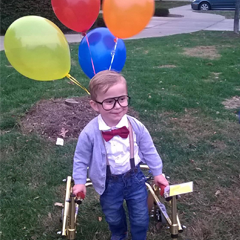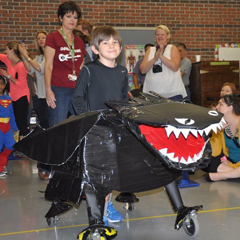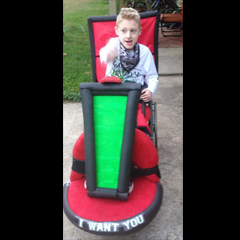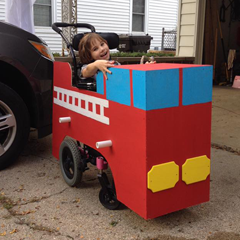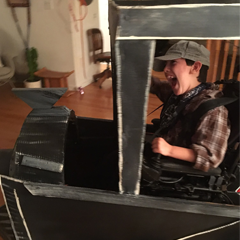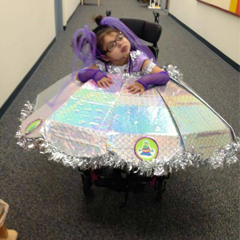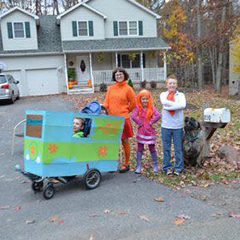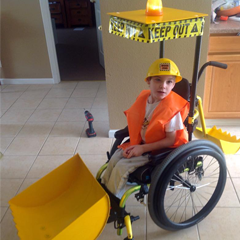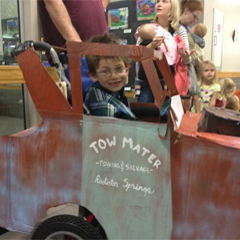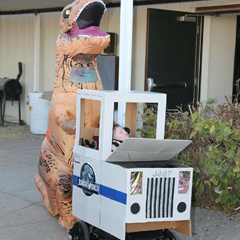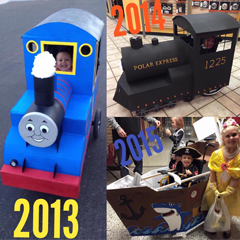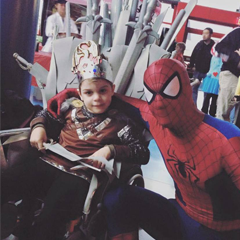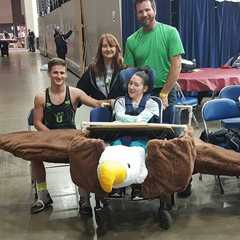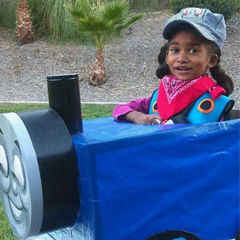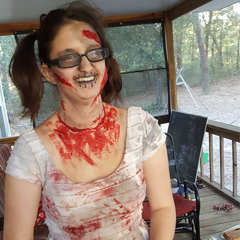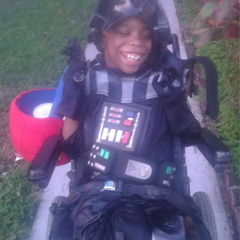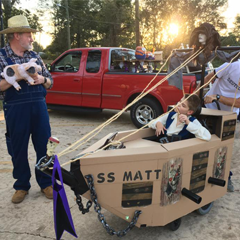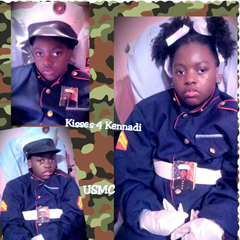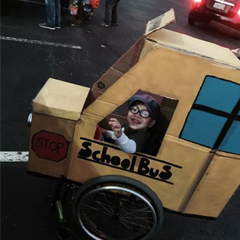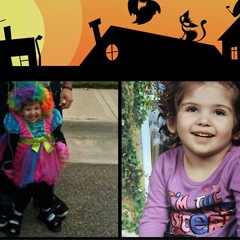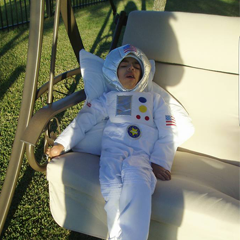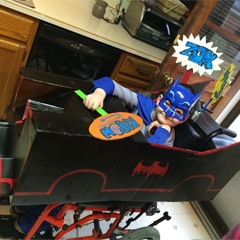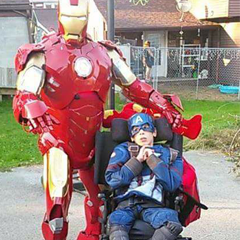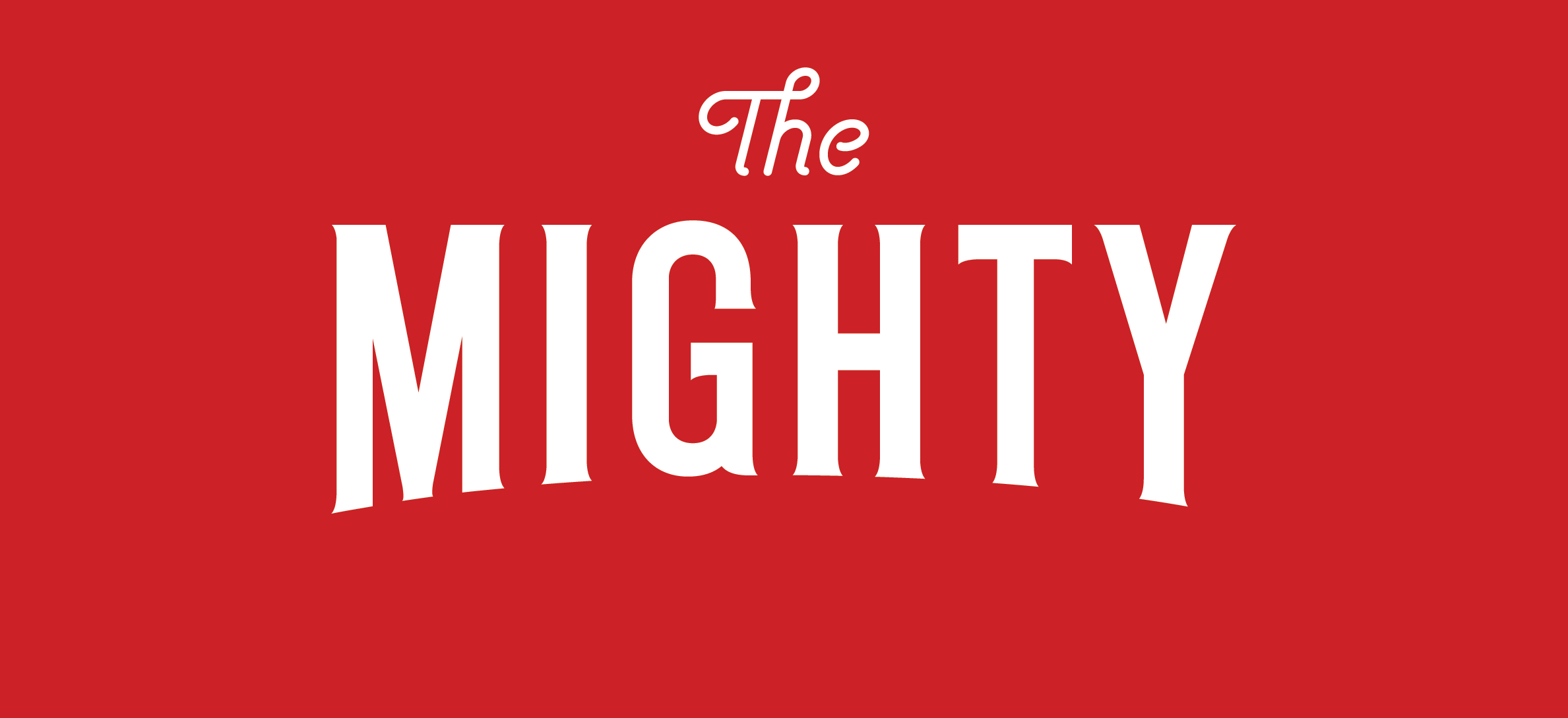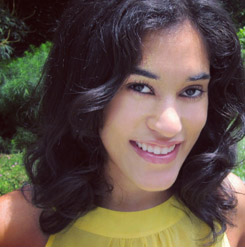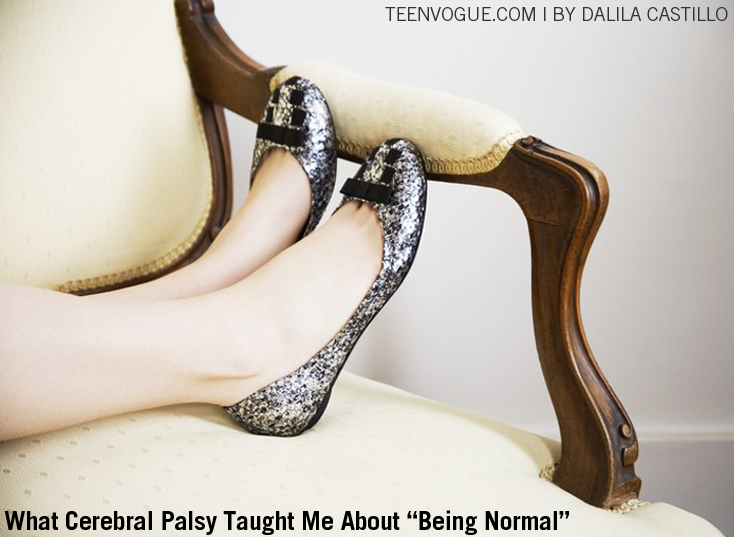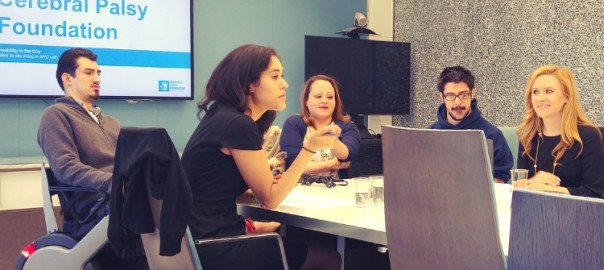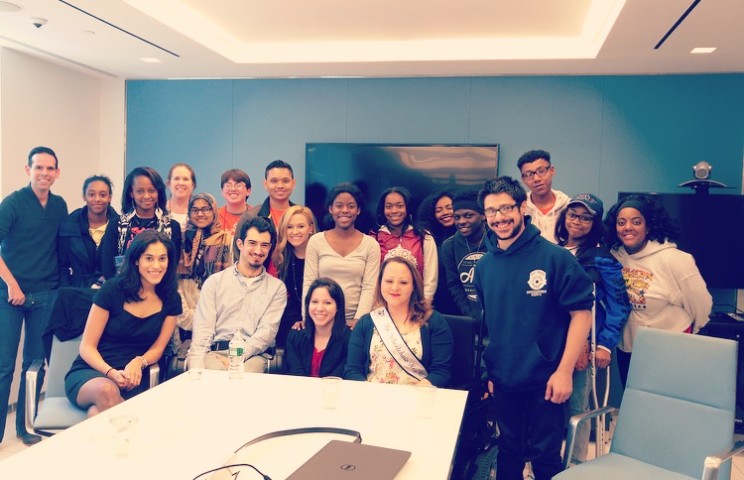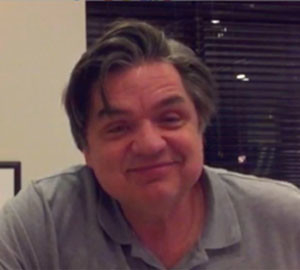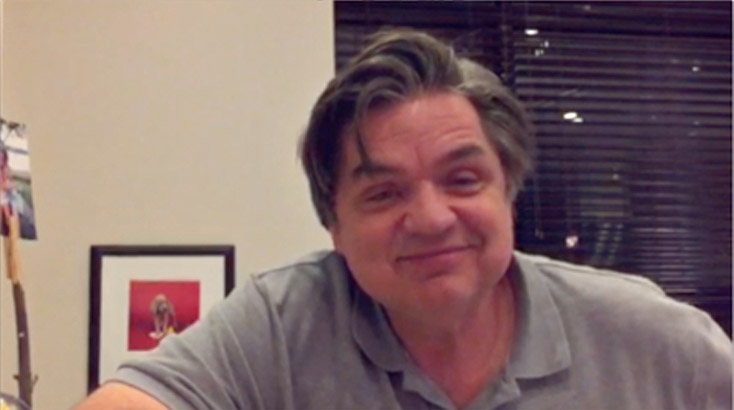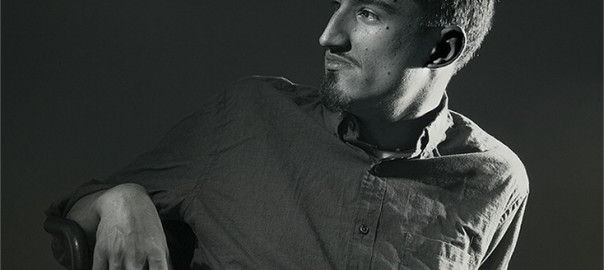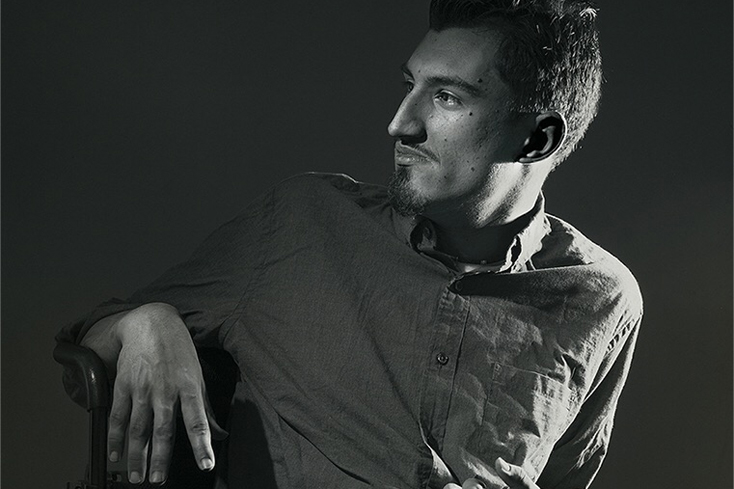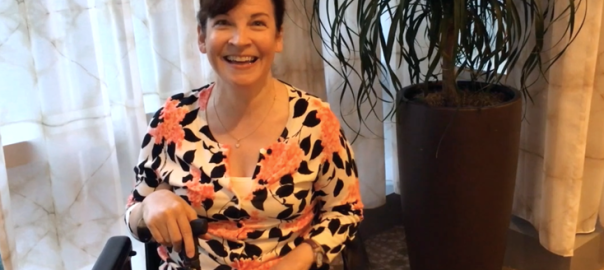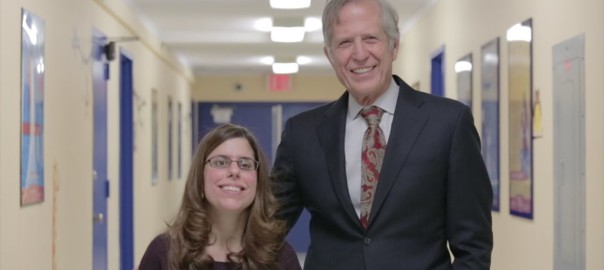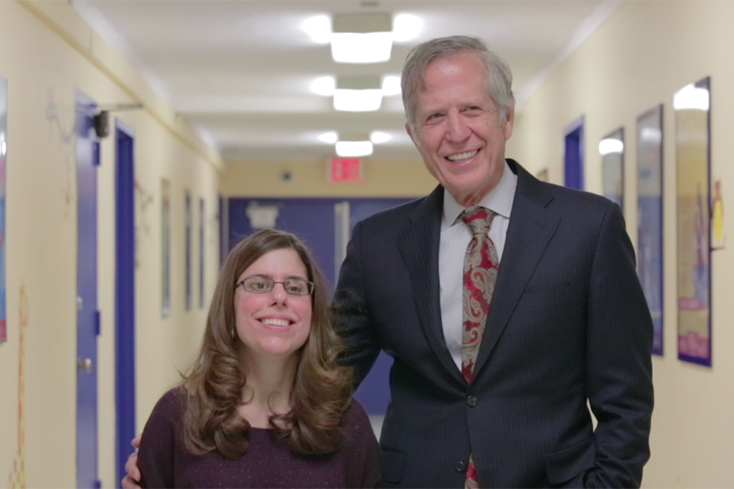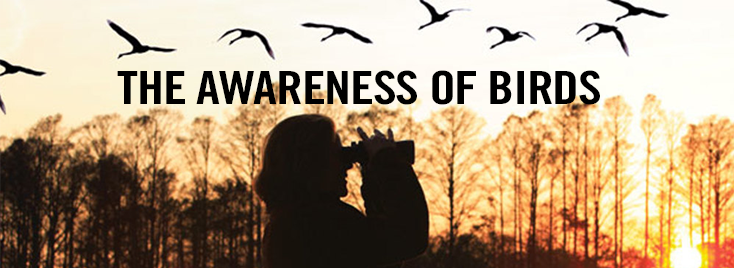
I met a man last year who photographs birds. I was new to dating after my 22-year-old marriage ended, and I very much wanted to be open to new experience. Despite having absolutely no knowledge or even interest in birds or birding or bird photography, I found his photos mesmerizing. His passion for birds seemed as vast as the patience it took to really capture them through photography, and I only became aware of that patience when I went out walking with him in an Orange County park last year, one of many that dot the otherwise drab, cookie-cutter landscape. Within moments my friend pointed out a startlingly blue bird on a branch in a nondescript tree ahead of us and a small brown bird at the base of the trunk. He looked up and scanned the sky.
“There’s a red-tailed hawk”, he said and pointed to a bird soaring high above us. We walked over and sat on a curb at the edge of the park and faced a dirt gulley that ran along the road. “See the Burrowing Owls?” he asked and raised his camera with the very long lens. Across the street, blending into the brown dirt were three small owls, about eight inches high, staring at us, swiveling their heads, looking up into the sky and then darting down into a hole. I might as well have been dropping down into a hole, a proverbial Alice, into a world that I had absolutely no awareness of but that had existed, evidently, always.
This is a post about awareness. “You’ll be writing your blog from your unique standpoint of bluntness and anger,” an organizer said in a conference call we had recently about this upcoming project. “The theme is awareness during Cerebral Palsy Awareness Month.” I winced, to tell you the truth. As a writer who happens to also be the mother of a young adult with severe disabilities, including refractory epilepsy and cerebral palsy, I struggle daily with issues of identity. I am aware, nearly constantly, of my daughter’s and my interdependence, of how our very identities can merge and separate and how that movement defines my writing. I can be angry and am very much blunt as I strive to strip my writing of sentimentality and cliché, to always honor my own truth, the truth and awareness of how disability has affected both myself and my daughter who has no voice, other than mine, to tell her own story. At the same time, I am exquisitely aware that despite her disabilities, she has her own story and integrity, that it’s an honor and a privilege to not only care for her but to tell her story straight and to help ensure that she is treated with dignity and able to live a life of beauty.
“Oh God, I hate these “awareness” months,” I think I replied. The people on the conference call laughed at this corroboration of my inclination toward anger and irritability at worst and dark humor at best. Our family has navigated stares and silence in public for over two decades with an occasional pitying glance or clichéd remark about how “special” we are to do what we do, or how “God only gives us what we can handle.” People, however well-meaning, don’t realize that I have spent countless hours over the past twenty years fighting for the right for my daughter to receive an education, health insurance, healthcare and even the right to exist. I’m not sure why, but we also live in a culture that sometimes even defines our humanity by our ability to speak. My daughter is non-verbal and thus often invisible, even to members of my own family and close friends. I am irritated that during these special marked months, I am somehow called upon to step up this awareness activity more than I already do. Why can’t every month be one where everyone is aware that the world is made up of people of vastly different abilities and that our awareness should extend to even those who might not be able to express themselves in conventional ways? Why must we mark them with specific monikers to get people’s attention in a certain time period? How can awareness to what is all around us be consigned to a time period?
I notice birds now even in my city neighborhood, darting from bush to tree in the alley outside my kitchen window, alighting on the palm tree that reaches up into the southern California blue sky and on the wires that crisscross my backyard. In an article in The Paris Review, Megan Mayhew Bergman wrote, “Birding is a heightened, finely tuned way of seeing.” I am aware that birds and owls and small creatures are, quite literally, everywhere around me and have always been everywhere around me. I am still seeing the man who brought this awareness to me, have begun to compile what birders and bird photographers call a life list. You see where I’m going.
I feel slightly embarrassed these days when I notice a bird in the bush outside of the grocery store or see a hawk swoop down out of the sky on the freeway. While I am conscious of this new-found sensitivity, I know that it isn’t so much my observation that brings them into being but that they have been there all along. Awareness of disability, of those who are “different,” who are, perhaps, more colorful or might otherwise blend into the landscape should be an ongoing exercise, something heightened and finely tuned. People like my daughter, like your son or your cousin or your neighbor or your co-worker are all around you. They are alive and intricately woven into the world by necessity. Be aware. Observe. See them.
Elizabeth Aquino
Blog: a moon, worn as if it had been a shell

